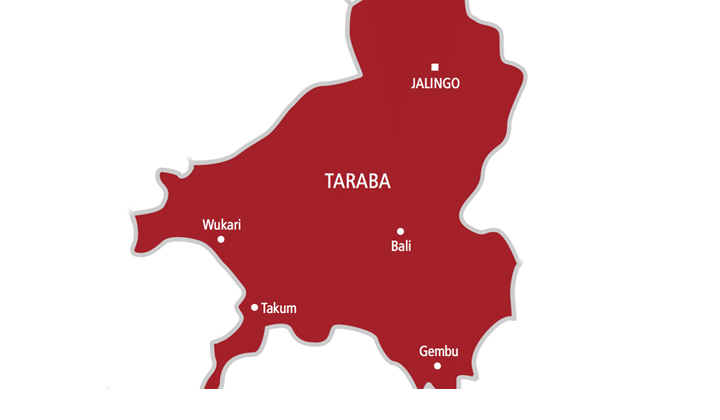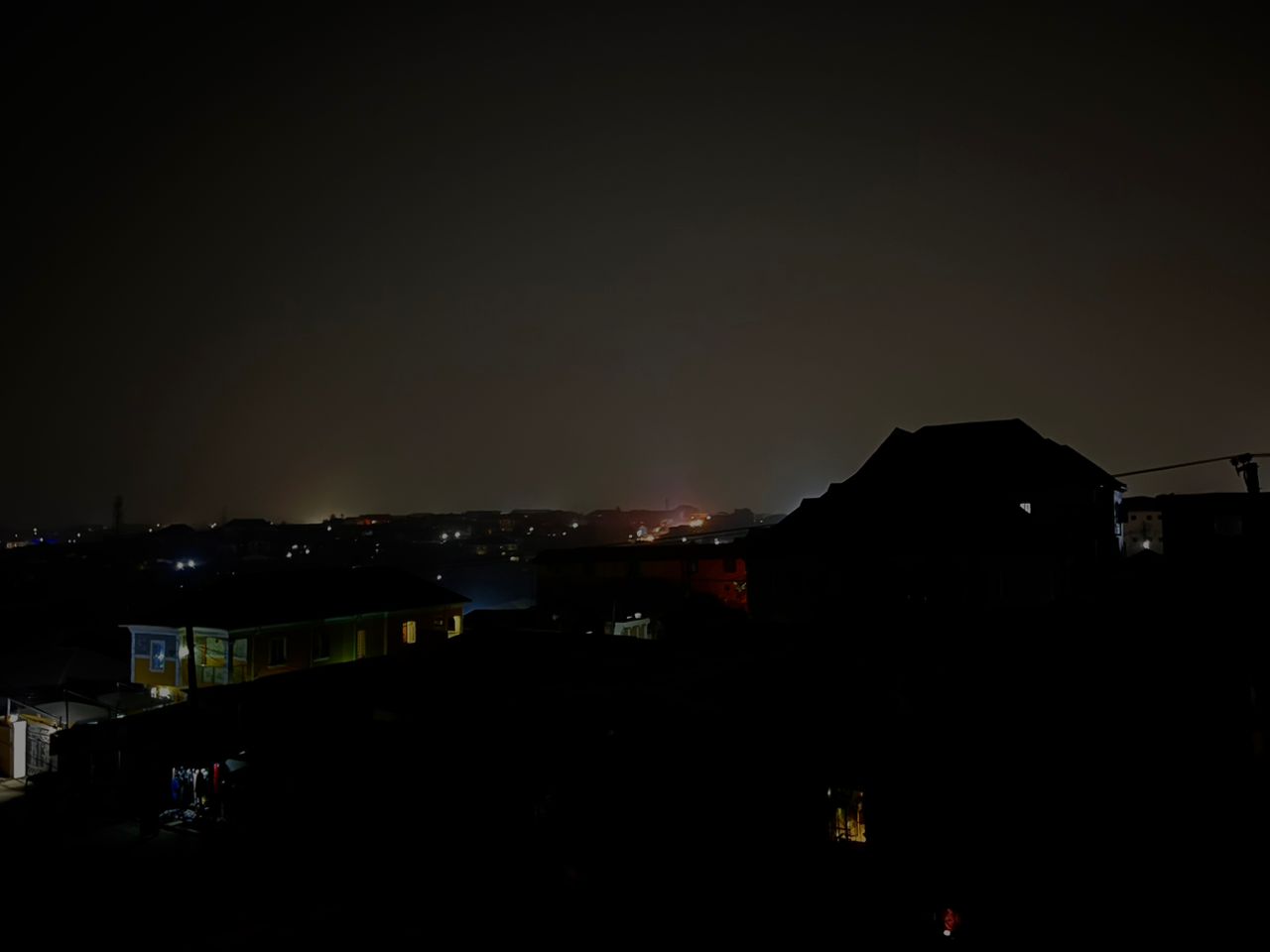Keeping children safe during rainy season
Several tunes and tones of little voices rent the air as the cloud darkened and it threatened to rain. They sang sorrowfully, “Rain, rain, go away, come again another day, little children want to play…”
The rains are here and the song seemingly depicts children’s minds about the situation. April to October is known as the most significant rainfall in the year. It is known as the wet or rainy season. However, in the northern part of the country, rainfall occurs from June to September.
While it is a season of joy for farmers practising a rain-fed agricultural system, people living in flood-prone areas and commuters have another story to tell. The season further comes with decreased humidity, resulting in cold or chills, cholera and malaria, among others.
Children, however, if not properly prepared, protected and cared for during this season may fall prey to a lot of avoidable diseases.
A paediatrician, Dr Ayobola Adebowale, aka Your Baby’s Doctor, says during the rainy season, children are prone to both communicable and non-communicable diseases.
Communicable diseases are those that can spread from one person to the other, while non-communicable diseases are those that do not spread from person to person.
“The rainy season favours a lot of communicable diseases, especially waterborne diseases. Common examples of waterborne diseases are diarrhoea, cholera and typhoid. These become more common because water from the rain washes infected faeces into larger bodies of water, which serve as sources of water supply to a lot of people,” Adebowale said.
A study, ‘Precipitation variability and risk of infectious disease in children under five years for 32 countries: a global analysis using demographic and health survey data,’ by Anna Dimitrova et al, showed that wet conditions increased the risk of cough, fever, and diarrhoea symptoms in humid and subtropical regions.
It added, “These health risks also increased in tropical savanna regions as a result of anomalously dry conditions. Our analysis of susceptibility factors suggests that unimproved sanitation and unsafe drinking water sources are exacerbating these effects, particularly for rural populations and in drought-prone areas in the tropical savanna.”
Aside from diseases, the aftermath of heavy rainfall, which is flooding, has been known to take over the streets and roads.
Earlier in the month, a four-year-old child, Chukwuemeka Okoro, was carried away by flood while he waited under a shed with his siblings.
The flood carried him into a nearby open canal which made his survival and rescue impossible.
During this season, parents and caregivers must prepare rain gears, which should include an umbrella, hooded raincoat, waterproof shoes or boots, in their children’s bags.
This will help to reduce the chances of being drenched by rain, catching a cold after being exposed to rainfall or being outdoors for a long period.
A children store, Marcel Huges, stated, “Take a warm shower right after getting drenched (but not during a thunderstorm). This helps stabilises the cold temperature brought by the rains, helping the body return to a normal temperature after drying off and getting dressed.
“Teach children about basic health and safety around lightning and thunder: The rule of thumb is that if they can hear thunder, it’s time to head indoors, especially if they are swimming and even if it hasn’t started to rain.
“Also, avoid open areas, such as playing fields; isolated tall objects like trees and light posts; and metal objects such as fences and clotheslines. Wait at least 30 minutes after the last observed lightning strike or thunder to resume outdoor activities.”
Due to the possible infiltration of rainwater into the water bodies and the prevalence of water-borne diseases, it is important to take proper attention to drinking water sources.
A make-up artist and mother of two, Mrs Omotunde Omotayo, stated that it was standard practice for her children to wear a cardigan and socks during the rainy season to starve off cold.
She said, “I don’t expose them to cold. I keep them warm always by wearing their cardigan and socks and drinking hot beverages.”
Omotayo added that she also gave them “vitamin C to prevent them from catching a cold and to help their immune system.”
Another mother, media personality and health communicator, Foluke Owolabi, stated that she took extra care of her children’s clothing whenever it was monsoon.
This, she did, by ensuring her children’s bag contained a piece of warm clothing.
Owolabi said, “We try as much as possible to keep them indoors and get them dressed up to keep warm. They also take their sweaters along when going out. Their sweaters are always in their school bags throughout the rainy season even on sunny days. One can’t tell when it will rain.”
Undoubtedly, school is usually in session during the rainy season.
As a result, there can be a downpour while children are on their way, in and or about to leave the school.
School infrastructure should be rain-proof and flood protected.
A former principal at Kings College, Lagos, Mr Dele Olapeju, stated that during the rainy season, children were mandated to come to school in their raincoats and boots.
Olapeju said, “During the rainy season, one of the things we ask the parents to give to their children is raincoats and boots. To keep warm, we recommend they bring in their warm clothing, what we know as sweaters. These are in the prospectus. For places where they don’t have heavy rainfall, such clothing is optional but in areas with heavy rainfall, they are compulsory.”
He advised that classrooms and hostels should be properly fitted with doors and protection that would ensure children were not undefended from the rainfall.
“Where there is heavy rainfall, children should be kept indoors. Children should be made to avoid flooded areas and swimming in water puddles. When there is a threat of flood, children should be evacuated from such places,” the retired principal said.
On further diseases that were common and affected children during the rainy season, Adebowale said, “Another common communicable disease that is common during the rainy season is malaria. This disease, though it has been with us for quite some time, still poses a lot of danger to children and when severe, may cost a child’s life. The mosquitoes that transmit the organism responsible for malaria breed well in bushes and stagnant water, both of which are very common during the rainy season.”
She further added, “Non-communicable diseases don’t have a predilection for the rainy season. However, some of the chronic ones may have flares during the rainy season; this applies to diseases that can flare up when the carrier is exposed to cold.
“Trauma is, however, usually very common among children during the rainy season. Coupled with the very active nature of children, wet and slippery floors contribute to the reasons children may have traumas in the rainy season. Also, children with allergies are likely to have more episodes during the season. This is due to the cold weather as well as increased exposure to allergens, such as pollen.”
Your Baby’s Doctor advised parents, caregivers and schools to put measures in place to prevent the outbreak of diseases among children in this season.
She said, “The surrounding of the house should be kept clean always; bushes should be done away with and stagnant water should be discarded. Doing this will reduce the chances of mosquitoes breeding in your environment. Also, children should sleep under insecticide-treated nets to prevent mosquito bites.
“Hygiene is very important; personal hygiene as well as food and water hygiene will go a long way in protecting your child against waterborne diseases. Water should be boiled before serving your child. Hands should be washed often, especially after using the restroom and before meals.
“Food from public food vendors whose hygiene is poor should be avoided. Raw fruits and vegetables should be washed very well before offering your children.”
To prevent falls and slips when outdoors, the paediatrician advised parents to invest in shoes with good grips.
She added, “Children should not play on wet floors; the reason for this should be explained to children so they can take precautions themselves.
“In addition, parents should always keep umbrellas and or raincoats in their children’s bags! That way, they get protected from the rain itself.”
Another doctor, Olusina Ajidahun, stated that children had low immunity (ability to fight diseases and help protect against virus, fungi and airborne diseases) compared to adults.
He further noted that changes in seasons and weather favoured the transmission of some diseases.
He said airborne diseases spread more during the rainy season with several cases including viral infection, common cold, sore throat, malaria and diarrhoea.
According to Ajidahun, because children have reduced immunity, they are prone to having common cold and malaria during the rainy season.
He advised that children should be educated about the rainy season and what they should and should not do.
The physician added, “Children should eat healthily. One of the main things that build a person’s immunity is diet. So, children should be made to eat enough fruits, vegetables, and proteins because a malnourished child would be more prone to infections.
“People generally should ensure environmental sanitation because puddles of water after the rain would make mosquitoes thrive.
“Also, whenever parents and children caregivers notice any symptom, they should take them to a hospital because malaria progresses from mild to severe. A lot of times when children have severe malaria, especially when it is cerebral malaria, the mortality rate is high.”











